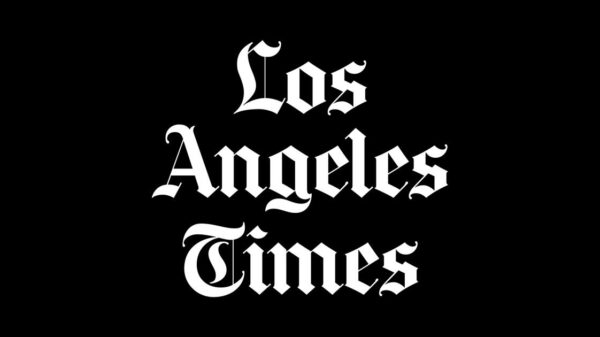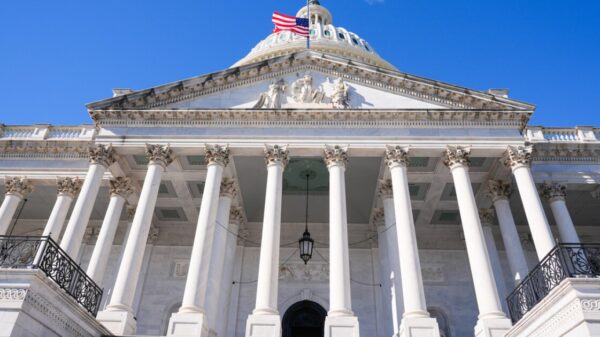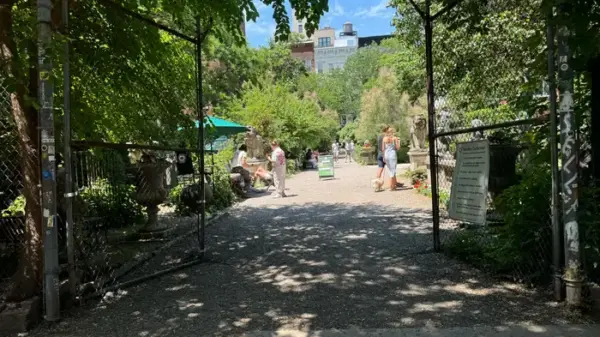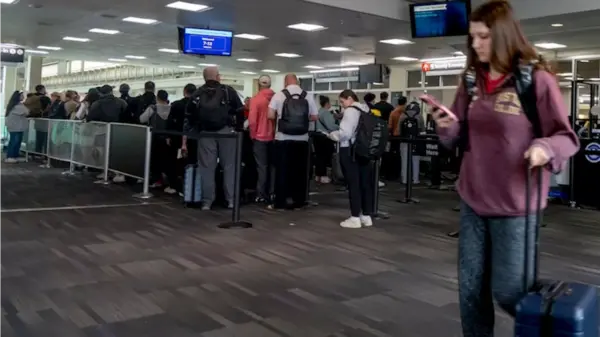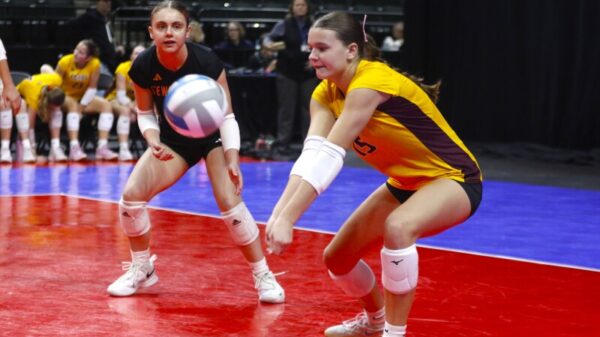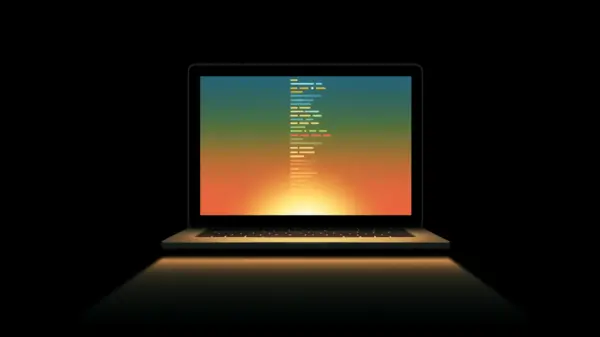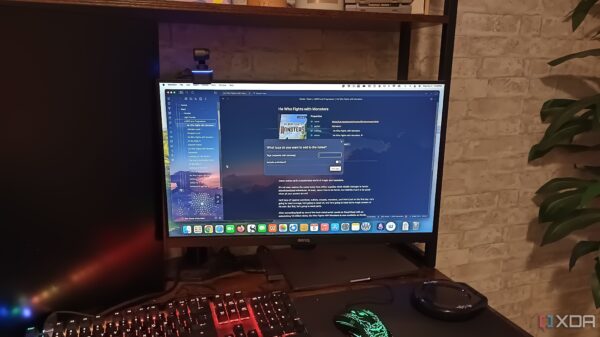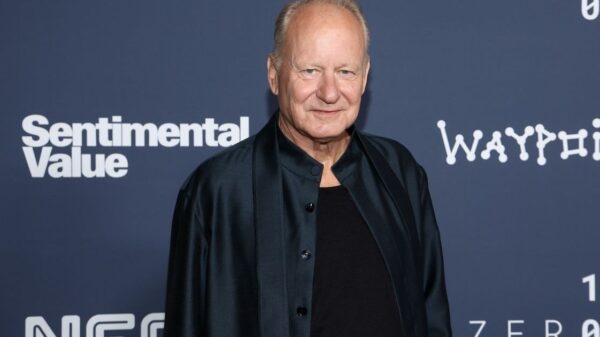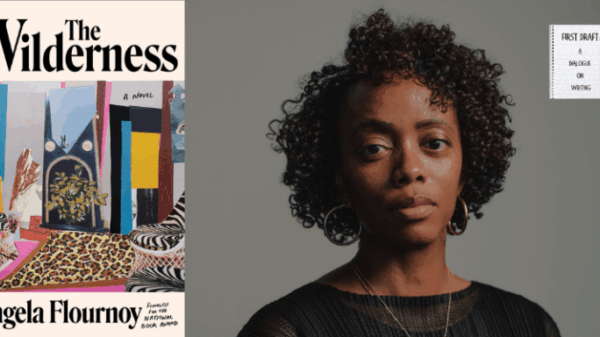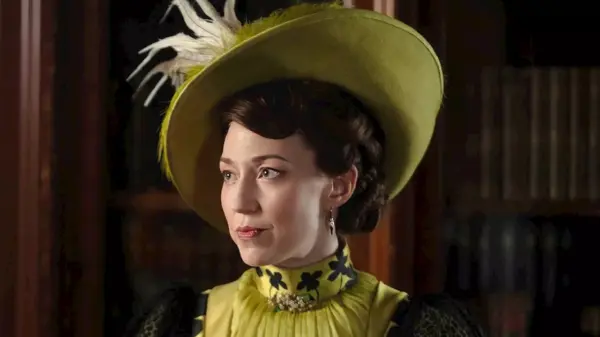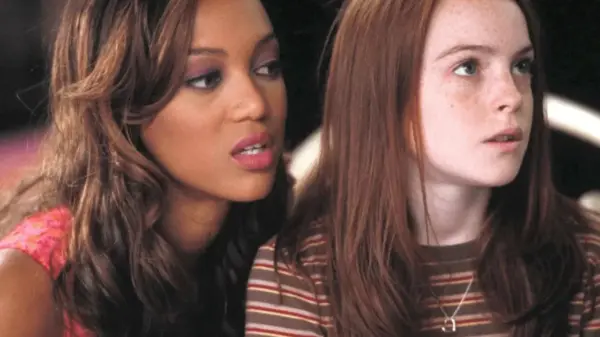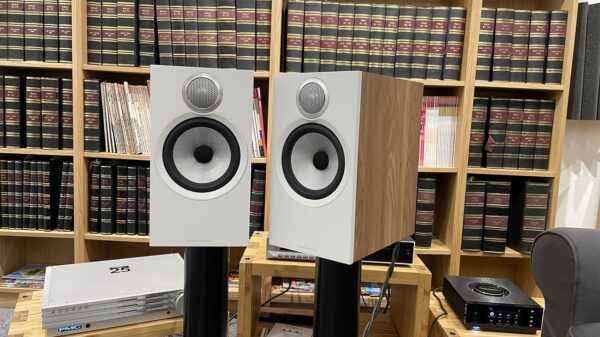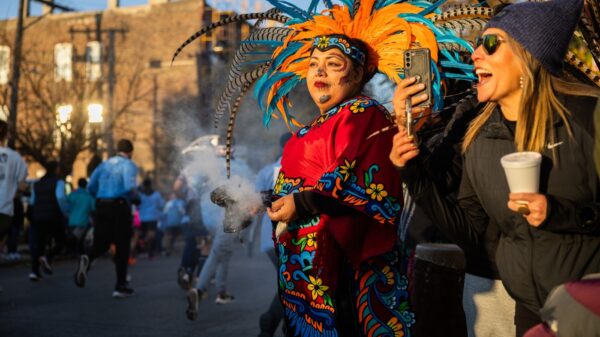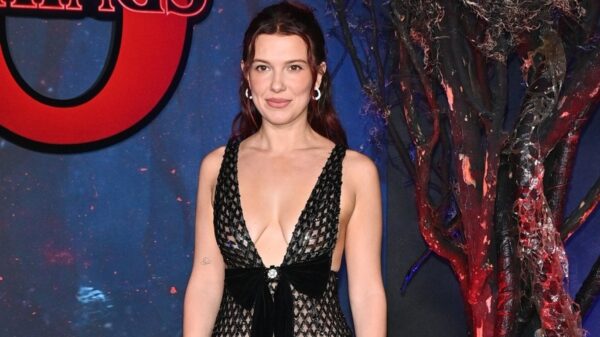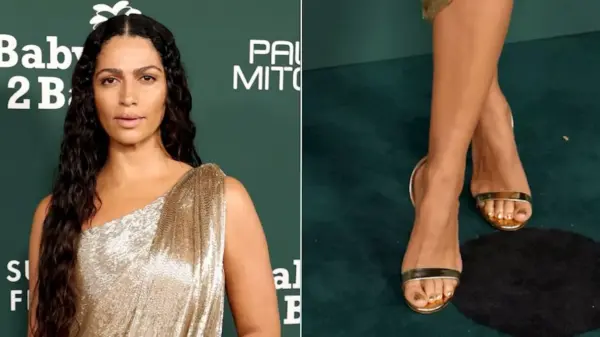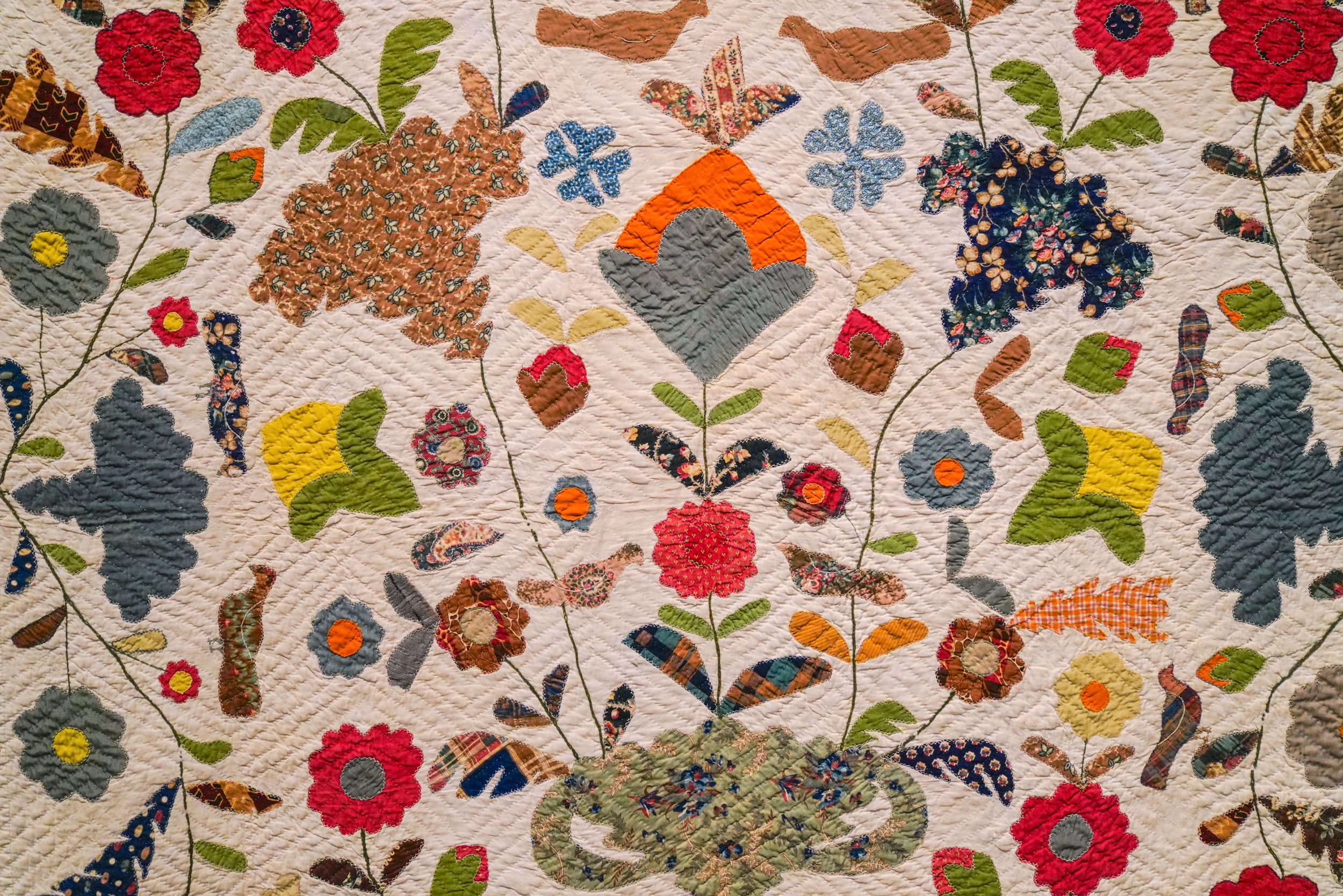The art of quilting is enjoying a significant resurgence in recognition within the fiber arts community. Major exhibitions across the United States are highlighting the craftsmanship and cultural significance of American quilts, showcasing their historical roots and contemporary relevance. This renewed focus on fabric-based art has been echoed by writer-historian Glenn Adamson, who remarked that 2024 is the year “the art world went on a high fiber diet.”
As a part of this vibrant movement, several exhibitions are currently on display, illustrating the ingenuity of quilting communities throughout the country. Notable shows include Routed West: Twentieth-Century African American Quilts in California at the Berkeley Art Museum and Pacific Film Archive, which runs through November 30, 2024, and Of Salt and Spirit: Black Quilters in the American South at the Memphis Brooks Museum of Art, available until January 4, 2026. These exhibitions not only celebrate the artistry involved but also emphasize the narratives embedded within the quilts.
Exploring Cultural Narratives Through Quilts
The High Museum of Art in Atlanta is set to feature the exhibition Patterns in Abstraction: Black Quilts from the High’s Collection, showcasing quilts created by Black women from the museum’s permanent collection. This initiative forms part of a broader trend that seeks to unravel the complex stories woven into each quilt.
The Frist Art Museum in Nashville recently opened Fabric of a Nation: American Quilt Stories From the Museum of Fine Arts, Boston, which explores the country’s diverse histories through textiles. Another noteworthy exhibition, Indigo and the Art of Quiltmaking at the Taft Museum of Art in Cincinnati, runs until January 11, 2026, focusing on global dye traditions and their impact on quilt making.
Adding a biophilic perspective to the discourse, the American Folk Art Museum launched An Ecology of Quilts: The Natural History of American Textiles in late September 2024. This exhibition marks the museum’s reopening following renovations and features 30 quilts spanning the 18th to 20th centuries. It explores the interconnectedness of nature, industry, and the art of quilt making, emphasizing the relationship between natural resources and human creativity.
A Deeper Dive into Textile Connections
The exhibition begins with three stunning whole-cloth quilts, including the all-white “Cornucopia and Dots Whitework Quilt” (c. 1800–1820), and leads viewers through a vibrant display of botanical illustrations and traditional dye materials. This introductory section aims to educate visitors about the natural dyeing process, showcasing hues derived from indigo, madder root, and weld.
One of the standout pieces, the “Pot of Flowers Quilt with Birds” (c. 1860), captures the exuberance of nature with its vivid floral patterns. Close by, a mid-19th century mourning quilt commemorates church community members with poignant handwritten messages and symbolic weeping willows.
The exhibition also features geometric quilts created from salvaged materials, highlighting the resourcefulness inherent in quilt making. Among these is the dynamic “Pinwheel Variation Quilt” (1960) by Malissia Pettway of Gee’s Bend, showcasing the artistry that can emerge from thrift and creativity.
While the subtitle of the exhibition, The Natural History of American Textiles, suggests an academic approach, it serves as a compelling introduction to the myriad connections between quilting, environmental resources, and human narratives. The wall texts include intriguing historical tidbits related to global trade, labor practices, and the cultural significance of plants.
Visitors are encouraged to engage deeply with the quilts, as each piece unveils a rich tapestry of connections among materials, technology, and the people behind the craft. The exhibition’s visual coherence, characterized by recurring themes of flowers, leaves, and textile patterns, invites a fresh appreciation of quilting as an expressive form of American art.
An Ecology of Quilts: The Natural History of American Textiles will continue at the American Folk Art Museum (2 Lincoln Square, Lincoln Square, Upper West Side, Manhattan) through March 1, 2026. Curated by Emelie Gevalt and Austin Losada, this exhibition offers a profound exploration of how nature and human ingenuity intertwine to shape the art of quilting.





